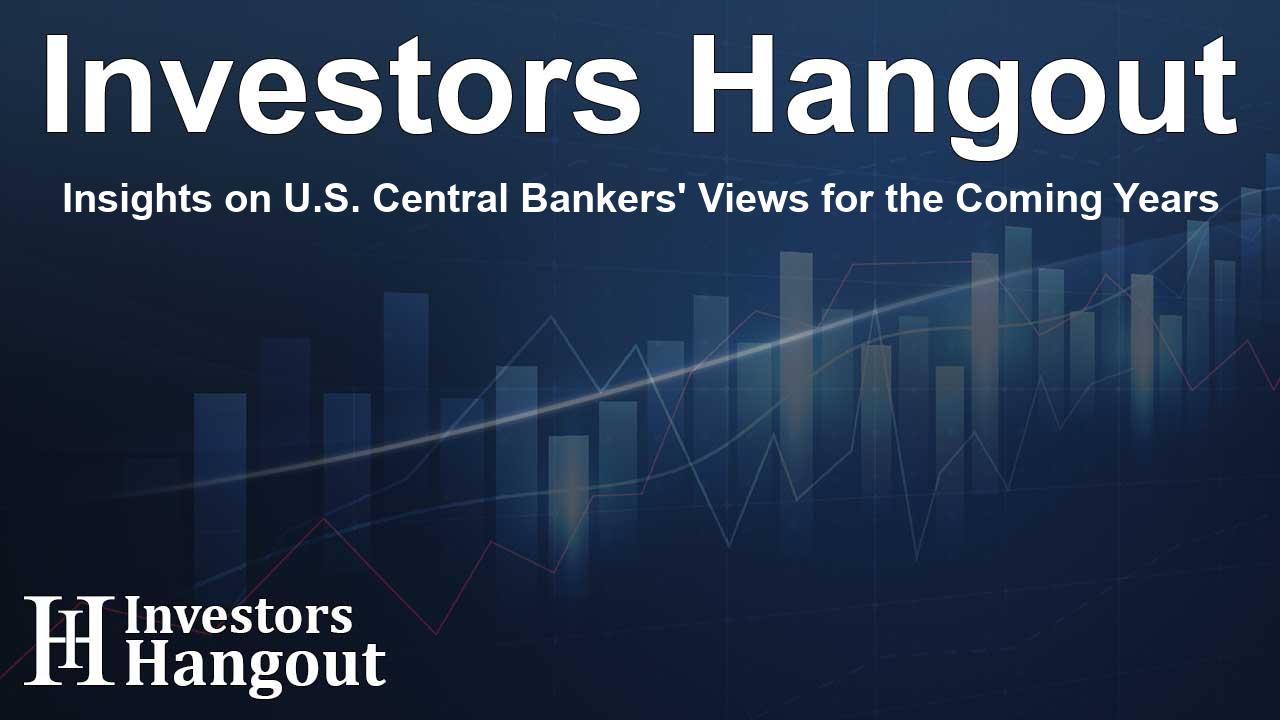Insights on U.S. Central Bankers' Views for the Coming Years

Understanding the Future of U.S. Monetary Policy
The U.S. central bank, often referred to as the Federal Reserve (Fed), plays a crucial role in shaping the economic landscape. Recent discussions among central bankers have highlighted a more cautious approach to interest rate cuts anticipated in the coming years. In response to persistent inflation and a robust labor market, projections indicate a far more measured reduction compared to earlier expectations.
Doves vs. Hawks: What Do the Terms Mean?
In monetary policy discussions, the terms "dove" and "hawk" serve as essential indicators of different policymakers’ stances. Doves tend to prioritize employment and the labor market's health over inflation, often advocating for more aggressive rate cuts. Hawks, on the other hand, focus largely on controlling inflation and may resist cuts even in the face of slowing economic activity.
Current Perspectives from Fed Policymakers
Recently, various Fed officials shared their insights into these dynamics. For instance, Lisa Cook and Jerome Powell express a preference for a more gradual approach, emphasizing caution in moving forward with rate adjustments. Cook’s viewpoint stems from the belief that while the economy is strong, further changes to policy are warranted only after careful consideration of emerging data.
Insights from Key Figures
Jerome Powell, serving as the Fed Chair, highlighted during discussions that the current economic environment requires sustained attention to incoming data before any determination on rate cuts can be made. His sentiments are echoed by other influential figures like John Williams and Austan Goolsbee, who express similar caution regarding inflation’s trajectory.
The Role of Economic Indicators
As the Fed navigates this complex environment, indicators such as unemployment rates and inflation must be monitored closely. A relatively strong labor market complicates the situation as it tends to exert upward pressure on wages and prices. Consequently, any actions taken must balance these competing forces carefully.
What Lies Ahead for Interest Rates?
Looking forward, central bankers anticipate a less dramatic course of action. The latest reductions in the policy rate have brought it to a range of 4.25% to 4.50%. However, many Federal Open Market Committee (FOMC) members expect to ease closer to a range of 3.75% to 4.00%—a noticeable decrease but less drastic than previous years.
Context of Policymaker Designations
Designation updates, categorizing officials as doves or hawks, reflect their evolving stance and priorities regarding economic stability. As of the latest evaluations, a shift is noticeable. The count indicated that certain hawkish views have come to the forefront as concerns about inflation simmer, demonstrating a delicate balance to be struck in policymaking.
Continuing Reviews and Adjustments
Fed policymakers remain flexible as they review economic data weekly. The dynamic of holding meetings eight times annually allows for comprehensive discussions and prompt adjustments in strategies based on new information. This ongoing adaptability is essential to navigating these uncertain times effectively.
Frequent Economic Questions Addressed
What can we expect from interest rate changes in 2025?
Central bankers predict a restrained approach to rate cuts in 2025, aiming for a gradual reduction rather than large shifts.
Why do doves and hawks disagree on policy?
Doves focus on maintaining employment levels, while hawks emphasize controlling inflation, leading to differing policy recommendations.
How does inflation impact current monetary policy?
Persistent inflation pressures influence central bankers to navigate cautiously when considering interest rate adjustments.
Who are key figures in the current Fed discussions?
Notable figures include Jerome Powell, Lisa Cook, and John Williams, each bringing unique perspectives to the table.
What factors do policymakers consider for future strategies?
Policymakers evaluate employment data, inflation rates, and broader economic indicators to inform their decisions on interest rates.
About The Author
Contact Caleb Price privately here. Or send an email with ATTN: Caleb Price as the subject to contact@investorshangout.com.
About Investors Hangout
Investors Hangout is a leading online stock forum for financial discussion and learning, offering a wide range of free tools and resources. It draws in traders of all levels, who exchange market knowledge, investigate trading tactics, and keep an eye on industry developments in real time. Featuring financial articles, stock message boards, quotes, charts, company profiles, and live news updates. Through cooperative learning and a wealth of informational resources, it helps users from novices creating their first portfolios to experts honing their techniques. Join Investors Hangout today: https://investorshangout.com/
The content of this article is based on factual, publicly available information and does not represent legal, financial, or investment advice. Investors Hangout does not offer financial advice, and the author is not a licensed financial advisor. Consult a qualified advisor before making any financial or investment decisions based on this article. This article should not be considered advice to purchase, sell, or hold any securities or other investments. If any of the material provided here is inaccurate, please contact us for corrections.
